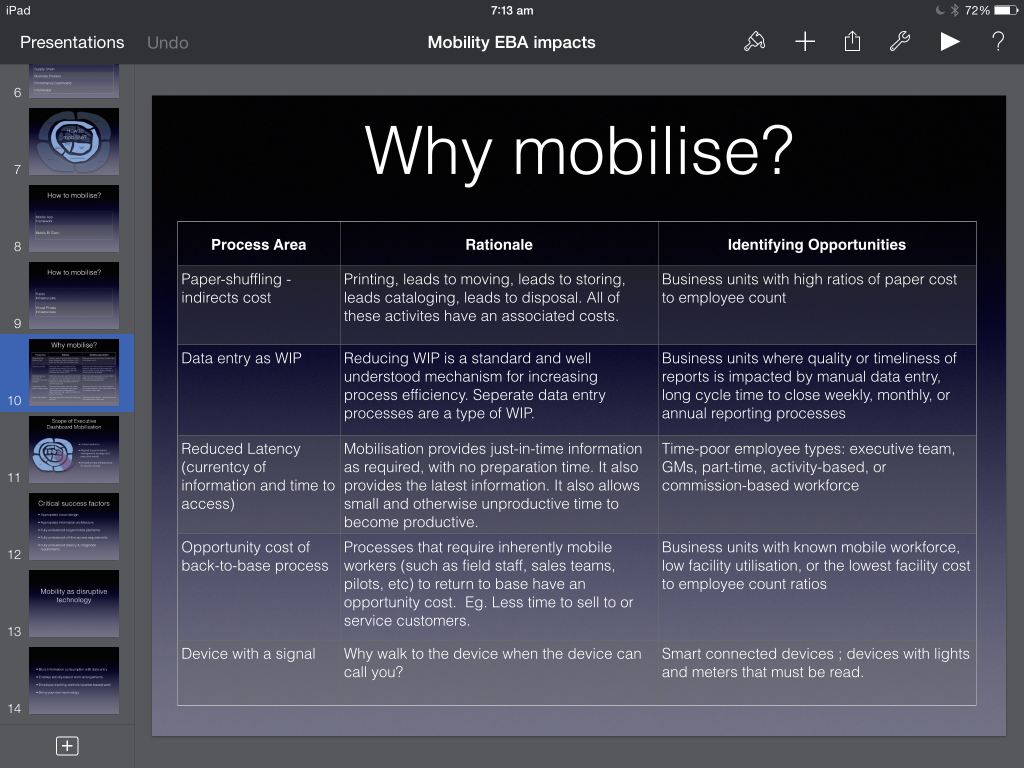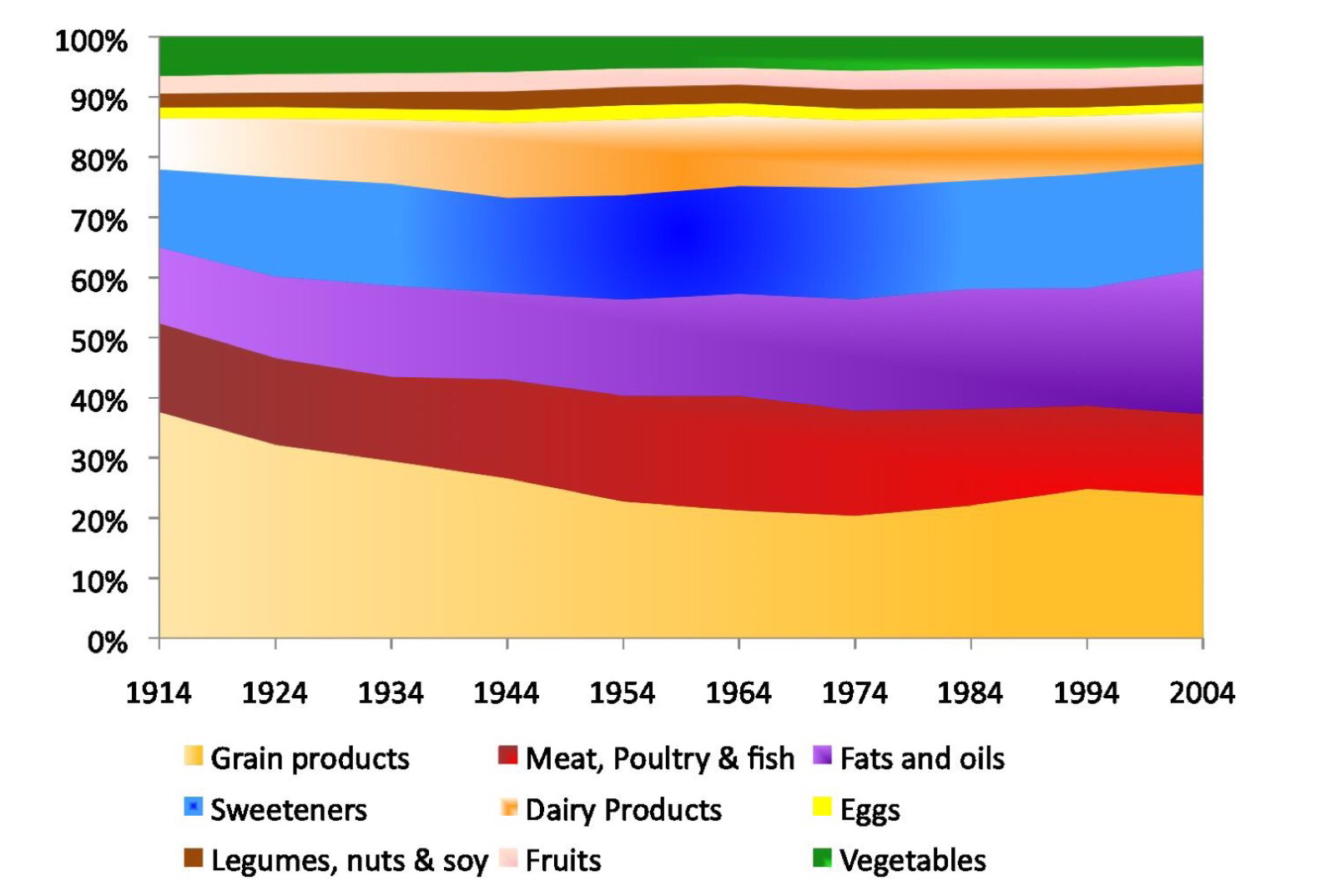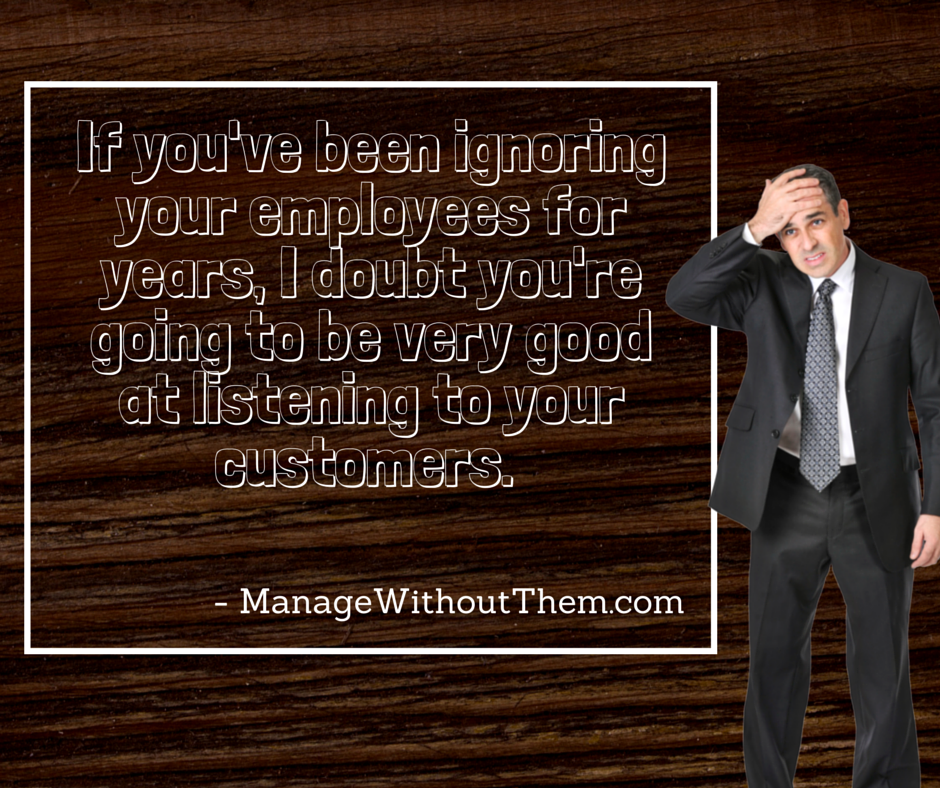Now, I think the word “pivot” is way overused – but what better example of a pivot is there than this!? How do your so-called pivots compare…?
The sensational aspect of the current Mockingbird/Watchman kerfuffle centers on Harper Lee’s radically different characterizations of Atticus Finch in the two books, specifically the less-than-knightly portrait in Go Set A Watchman. How could America’s avatar of decency turn into a racist? Why would Ms. Lee do that? Has the hero of To Kill A Mockingbird been tarnished forever?
To me, that’s not the story at all.
Since Watchman was written before Mockingbird (even though the time period in the book is later), Harper Lee did not “change” Atticus. The characterization in Watchman was the original. It was her first shot. It was Atticus 1.0.
The real story, if you ask me, is that Harper Lee rethought, reconceived, and reconfigured the Atticus of Watchman into the icon of honorableness that he became in To Kill A Mockingbird.
Think of that for a minute from a writer’s point of view. How hard is that to do? I can think of few things that are harder, not just from a practical point of view (the work, the recasting, the reimagining) but from a psychological perspective. How do you manage your emotions? How do you submerge your ego? How do you let go of expectations?
Source: Writing Wednesdays: Atticus Finch 2.0
I’ve read The Lean Startup, and I’m also familiar the reasons a mechanisms of true changes to strategic direction. But most times I hear somebody say “pivot” I can’t help but think they are really just re-tracing their footsteps. So what if you pivot, then pivot again, then pivot again and end up back where you started?
It’s all about what you learnt along the way if you follow the mythos. But you’d better be congratulating yourself on what you’ve learnt if you’ve ended up back where you started – because it cost you a lot of time and money to get there (again). Let’s not forget that sometimes you can apply what you’ve learnt before you start, and sometimes it’s better to call a mistake a mistake before you re-charactorise it as a “pivot” to try and sound hip.
Real pivots burn bridges – in fact, is it still a pivot if you can go back to it? Don’t forget if you’re not going through the whole lean startup cycle (build, measure, learn, etc) you’re not making an informed pivot, you’re just arbitrarily changing your mind.






